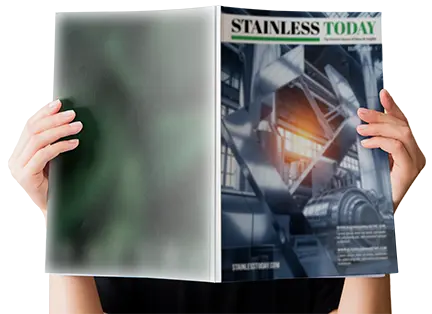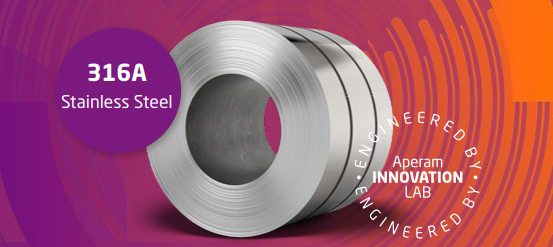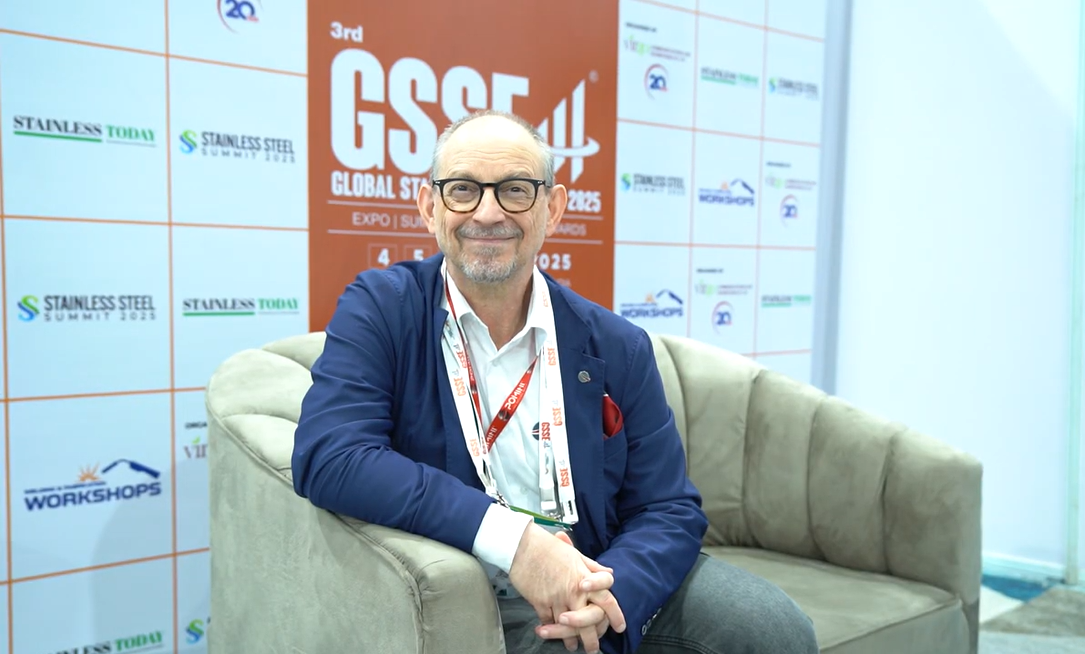“Building a Skilled Workforce for India’s Growing Stainless Steel Industry,” says Mrs.Bhavna Chopra Srikrishna

Surveying India’s rapidly growing stainless steel sector, Mrs. Bhavna Chopra Srikrishna highlights the urgent need for a skilled workforce.
Mrs. Bhavna Chopra Srikrishna is a strong supporter of skill development in India’s stainless steel industry. With experience at NSDC, she has helped shape workforce training programs. At Jindal Stainless Limited (JSL), she played a key role in creating Stainless Academy to close the skill gap and train talent for the sector. She focuses on industry-academia partnerships, specialised training, and aligning skills with India’s economic growth.
Q1. What inspired you to create Stainless Academy, and how do you see it adapting to the future of the stainless steel industry?
We all know that the growth of stainless steel is happening in India. If you look at the global averages, per capita consumption is about 6 kg per person per year. But in India, it is about 2.5, and with the growing focus on infrastructure and on other applications, medical is growing, chemical is growing, and food processing is growing, so there is a need for more workforce when it comes to the stainless steel industry. But what we realised at JSL was that there was no dedicated focus on building skills for the stainless steel world. JSL, being India’s largest manufacturer and the world’s 7th largest manufacturer of stainless steel and an industry leader, wanted to take this initiative and say how we could help in shaping and creating a skills ecosystem for the stainless steel industry, and that’s what inspired us.
Q2. How does skill development within the stainless steel sector align with India’s broader economic and industrial goals?
Ans. So, we are talking about becoming a 10 trillion dollar economy, we are talking about Atmanirbhar in India, and we are talking about Make in India. Nowhere are we saying that we don’t want to be competitive in the world. So, if we need to start being competitive in the world, we need those skills to become competitive. I think a great example of where we have done it is the IT industry. Indian IT professionals are considered amongst the best in the world, and they are mainly trained all in India. They might be re-skilled and up-skilled anywhere else, but it is our engineering institutions that have sent those people out into the workforce. And similarly, now moving to Make in India and Atmanirbhar India, unless we really focus on manufacturing and creating similar skills over there, that’s how we are going to reach our goals of becoming a good, well-respected name in manufacturing.
Q 3) What role do government policies play in shaping skill development programs, particularly in a sector like stainless steel?
Ans. I’ve come from the skills ecosystem. I spent a lot of time working at NSDC, and I think the government has done quite a bit. The Prime Minister himself, we know that the Skill India movement is very close to his heart. The movement was started by Dr. Manmohan Singh, our former Prime Minister, and it has continued throughout the entire nation. I think politically we all realise the importance of Skill India. There are a lot of policies and schemes like the Pradhan Mantri Kaushal Vikas Yojana, which is running in this area. There’s a lot of focus and trust on upgrading ITIs, which are the industrial training institutes, which are a large source of blue-collar workforce. So, while a general work has been done on increasing visibility around skills and also giving some infrastructure, I think what we need to focus on, in collaboration with the government, is how to do sector-specific skilling. So, specifically, like we’ve been speaking about welders and fabricators, how do you assign different amounts of funds and dedicated funds for this development? It was also done in the construction industry, so it would be good if we could now start doing it.
Q4. How can collaboration between industries, government, and the social sector drive growth and innovation in the stainless steel industry?
Ans. Collaborations have to happen with all the players of the ecosystem. There is a demand gap. There is a demand for skills. And when we talk about demand, we are talking about not… And unfortunately, I think in the Indian scenario, people tend to think that demand will come from the large players of JSL. Large players like JSL. We can’t be an employer of more than, say, 10,000 people in the country. The major amount of employment will happen in the downstream and in the application industry of stainless steel. So, all the players over there also need to collaborate, which means industry. And then the supply, where the supply comes from, which is the engineering institutions, the ITIs, and the polytechnics. They also need to start collaborating. And we have to have much easier ways and means of collaborating with the supply side. So, the demand of the industry has to have much easier ways of collaborating. And then creating a lot of infrastructure, both physical and a lot of intellectual infrastructure around stainless steel.
Q5) Could you share some key challenges and successes you have experienced in your journey of promoting skill development?
Ans. Let me start off with the successes. We are running courses in polytechnics in Odisha and Haryana. And we do hire people out of those, you know, the ones we’ve trained in stainless steel. So that has been a big success for us. We are running courses in engineering institutions. That itself has been a very big success for us. And we’ve done the fabricator training programs where we’ve trained more than 40,000 people in this arena. But the big challenge, of course, will always be scale in a country like India. It is uniform across segments. But the other challenges would be to be working and developing the MSMEs. Stainless steel and downstream itself is governed or comprised of a lot of MSME units. Some of them employ 10, some of them employ 25, and some employ 50 or 200. A big unit will probably employ a thousand people. So we need to start; we need to figure out good ecosystems that can help skilled people in the MSMEs. I see that as the biggest challenge so far.
Q6) In your opinion, what advancements or trends in technology could signify an impact on the stainless steel sector in the coming years?
Its just a loaded question, Lets talk about digitalisation, We are talking about welding, We are talking about AI-driven welding Where is the skilled work force to operate those things? And then we are talking about increased applications of SS, stainless steel. I will give you an example. We are talking about life cycle costing when it comes to railways and bridges. Where are the engineers who understand life cycle costing and can design high-speed bridges? Because they don’t have the skills or the knowledge to be able to do it. So when we are talking about the future, it is not just in terms of technology, but it is also in terms of applications that we will need much more of the skilled workforce.










